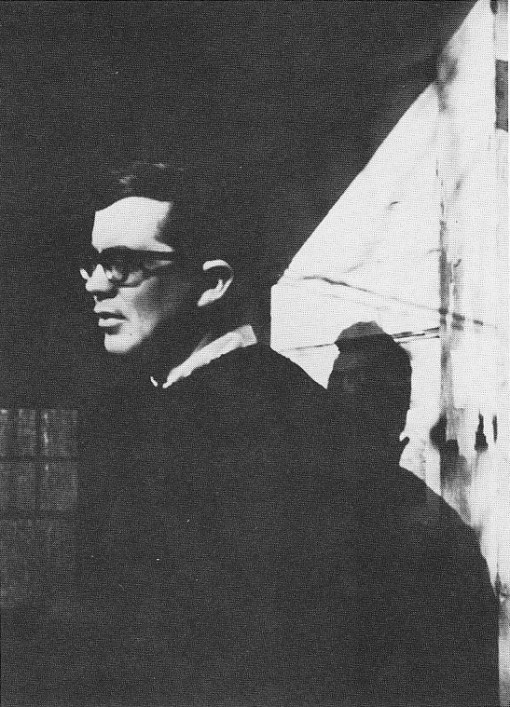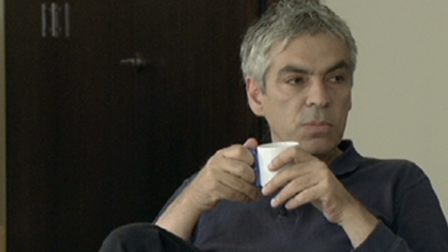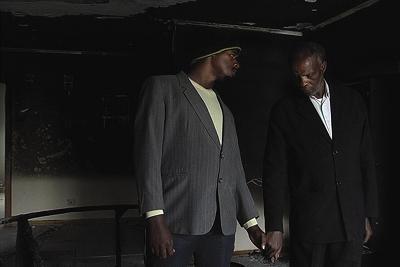From the Chicago Reader (July 15, 1994). — J.R.

The second installment (1992) in Eric Rohmer’s “Tales of the Four Seasons” centers on a young Parisian woman, aptly called Felicie, who fluctuates between two suitors — a pensive local librarian and the owner of a chain of beauty salons who’s moving to Nevers and wants her and her young daughter to come live with him. But in the back of her mind she’s holding out for the return of a former lover, the father of her daughter, whom she lost track of after they spent a summer holiday together; she accidentally gave him the wrong address when he moved away and she never heard from him again. The conception may be a little too rigorously Catholic for some tastes (including mine), but Rohmer has become such a master of his chosen classic genre — the crystalline philosophical tale of character and romantic choice — that this is a nearly perfect work, in performance as well as execution, with an apposite if ambiguous extended reference to Shakespeare’s A Winter’s Tale in the penultimate act. With Charlotte Very, Frederic Van Dren Driessche, Michel Voletti, and Herve Furic. Music Box, Friday through Thursday, July 15 through 21. Read more
A chapter from Film: The Front Line 1983.


All the major recent films of Robert Breer, an American who spent a crucial decade in Paris (1959-1969), are available in this country. But considering the fact that they’re independent animation, and that Breer is a one-man industry and not a Hollywood studio, they might as well be on the moon. They clearly inhabit a ghetto even more confining than that of the “foreign film,” because most critics lack an apparatus for dealing with them; hence, they find it easier to pretend that these works don’t exist. As uncontroversial as it might appear to be in most contexts, it is probably not irrelevant to note that when one of Breer’s most recent films, the characteristically brilliant Swiss Army Knife with Rats and Pigeons (1980) was screened at a New York Film Festival press show in 1982, it was rudely and audibly (if inexplicably) hissed. And candor compels me to admit that although — perhaps even because — Robert Breer impresses me as the key figure in avant-garde animation, my task in this book would be a good deal simpler if I too could pretend that he doesn’t exist, for the challenge of his work is precisely its capacity to reveal the inadequacy of any criticism that attempts to describe it — the challenge that can often keep the very best new avant-garde work either ignored (the standard journalistic ploy) or dealt with only circumspectly (the standard academic ploy). Read more
From the Chicago Reader (November 15, 2007). — J.R.

Still Lives: The Films of Pedro Costa Gene Siskel Film Center, 11/17—12/4

The cinema of Portuguese filmmaker Pedro Costa is populated not so much by characters in the literary sense as by raw essences — souls, if you will. This is a trait he shares with other masters of portraiture, including Robert Bresson, Charlie Chaplin, Jacques Demy, Alexander Dovzhenko, Carl Dreyer, Kenji Mizoguchi, Yasujiro Ozu, and Jacques Tourneur. It’s not a religious predilection but rather a humanist, spiritual, and aesthetic tendency. What carries these mysterious souls, and us along with them, isn’t stories — though untold or partially told stories pervade all six of Costa’s features. It’s fully realized moments, secular epiphanies.
Born in Lisbon in 1959, by his own account Costa grew up without much of a family, and famly life — actual or simulated — is central to his work. All his films are about the dispossessed in one way or another. As the Argentine film critic Quintín puts it, he’s “a cool guy — very rock ’n’ roll” (in fact he was a rock guitarist before he turned to filmmaking). “At the same time,” Quintín continues, he is “quietly telling whoever will listen that cinema is exactly the opposite of what 99% of the film world thinks, and he is getting more radical every day.” Read more





